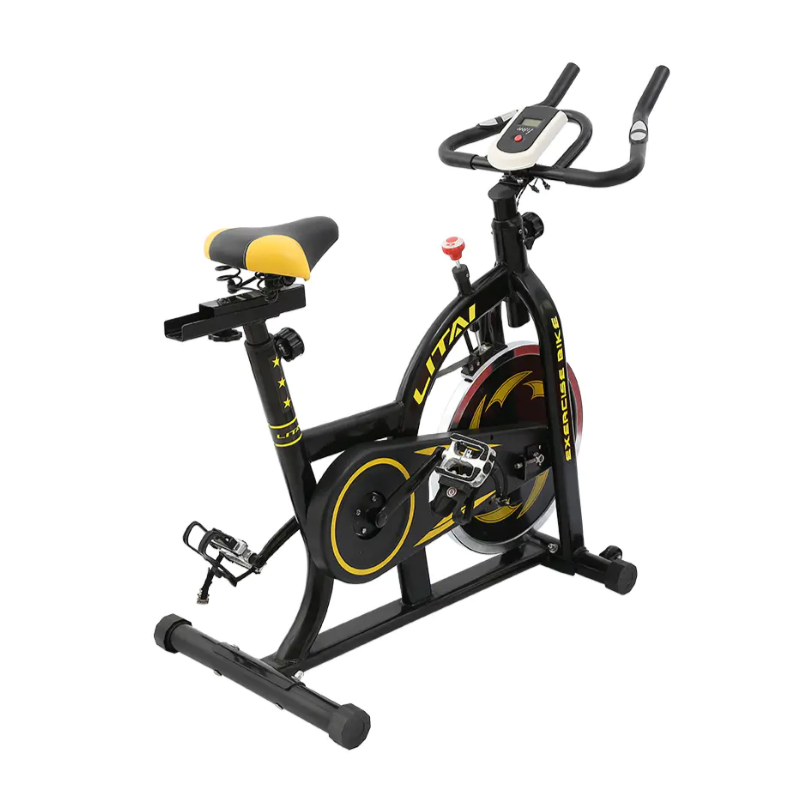Stationary bike manufacturing has witnessed significant trends over recent years, driven by technological advancements and shifting consumer preferences. Initially designed as basic exercise equipment, stationary bikes have evolved into sophisticated machines that cater to diverse fitness needs.
One prominent trend is the integration of advanced technology into stationary bikes. Modern models often feature electronic consoles with touchscreens, offering users access to interactive workouts, virtual cycling classes, and real-time performance tracking. These technological innovations not only enhance user engagement but also provide valuable data for monitoring progress and optimizing training routines.
Another notable trend is the emphasis on ergonomic design and customization options. Manufacturers now prioritize adjustable features such as seat height, handlebar position, and resistance levels to ensure comfort and accommodate users of varying fitness levels. This focus on ergonomics not only improves the overall user experience but also minimizes the risk of injury during intense workouts.
Additionally, sustainability has become a growing concern among stationary bike manufacturers. Many companies are adopting eco-friendly practices by using recycled materials in production, optimizing energy efficiency during manufacturing processes, and promoting bike durability to reduce environmental impact.
Looking forward, the future of stationary bike manufacturing is likely to continue integrating cutting-edge technology, enhancing user personalization, and prioritizing sustainability. As fitness enthusiasts seek more immersive and sustainable workout options, manufacturers will play a crucial role in meeting these evolving demands while promoting healthier lifestyles globally.
